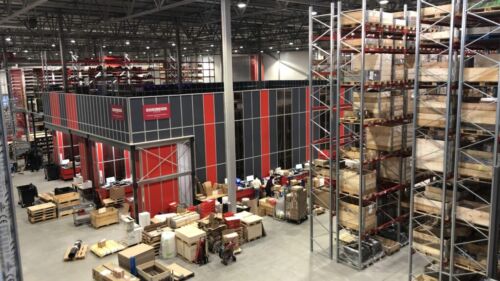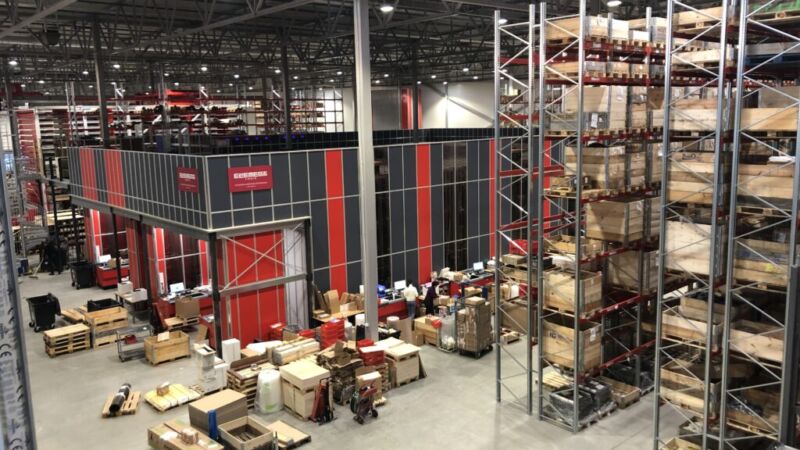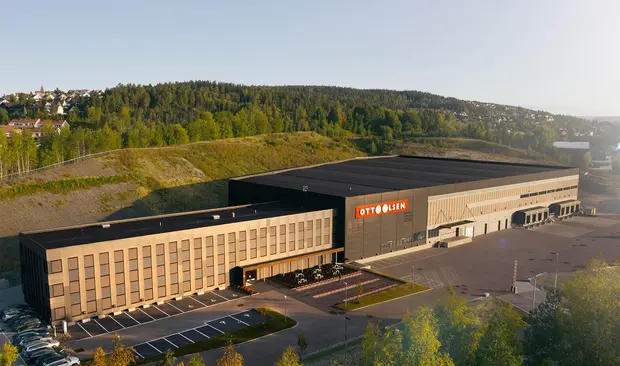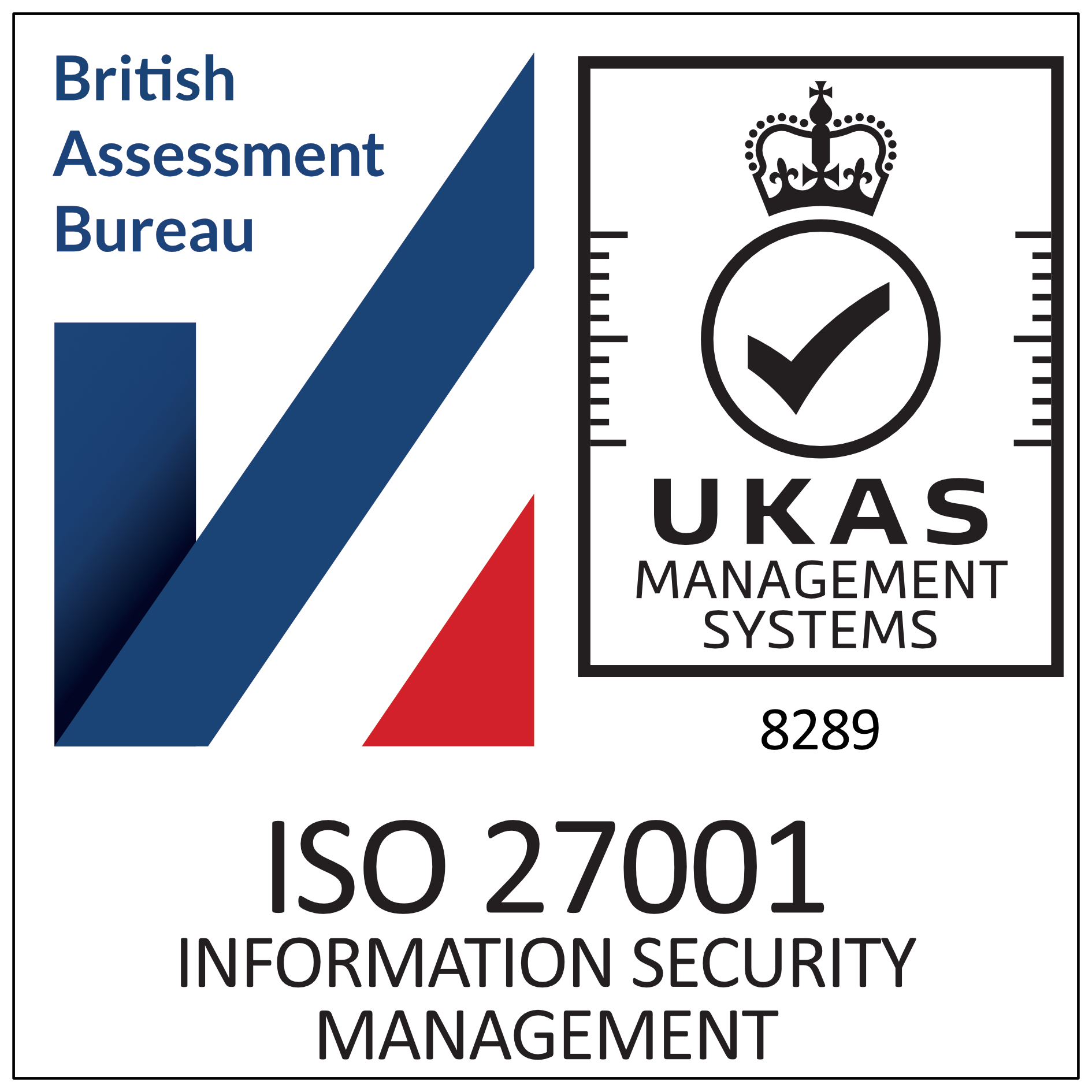Otto Olsen
THE PROBLEM

THE SOLUTION
The simple is often the best. Are Saga says that they chose to run the purchasing project on their own and established an internal working group that evaluated three different systems. The motto for the project was ”the simple is often the best”. The system would therefore have a user interface that was easy to both understand and use, in addition to giving Otto Olsen fast results in service level and inventory reduction with less obsolescence. And of course, the investment would have a fast payback rate.
During the autumn of 2018, the choice fell on IMI’s inventory planning – a special system for forecasting and product flows that has been developed in close collaboration with Lund University.
– It was precisely the simplicity of the system that we fell for, says Saga. It’s easy to understand, what you see is what you read and you do not have to deal with complicated formulas.
The system calculates forecasts for future sales and takes into account both seasonal variations and promotions. The forecasts are used for order proposals, which are sorted by supplier and presented in a way that is simple and rational for buyers to work with.
– Simplicity means that you free up the capacity to work strategically and not down to the article level, Are Saga continues.

Smarter Inventory Planning at Otto Olsen with IMI
The benefits
Some of the brands relying on IMI
IMI Supply Chain Solutions

